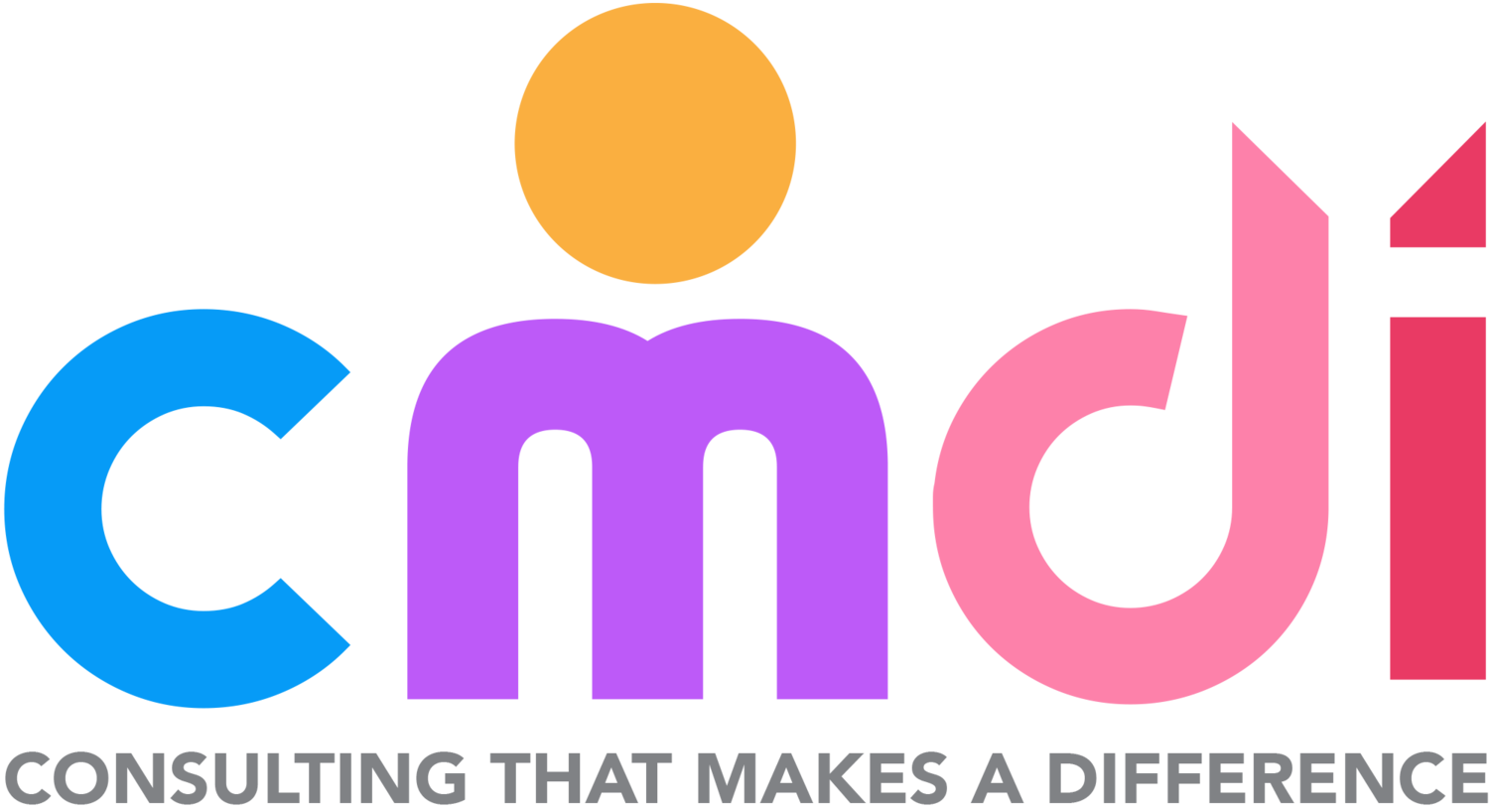Getting Started with Differentiation
When you hear “you should differentiate more”, do you want to run and hide? Does the thought of adding just one more thing to your already very over-crowded plate make you want to scream? Consider implementing one of the “baby steps” to differentiation below to get you started:
1. Build in simple choices for students such as seating and grouping options. If you feel extra ambitious, create two choices in your morning work or “do now.” Let’s face it, as humans choices often make the impossible seem possible. Autonomy goes a long way and will help make your students feel that they have some say in what they learn and how they learn it!
2. Give a pre-assessment for an upcoming topic. Pre-assessments provide great information about the pacing and depth required to teach that topic. A large part of differentiated instruction is all about getting to know your students. Even if you’ve taught the same topic for 20 years, the way you teach it should vary for each group of students. It’s not enough to be the master of the content. You want to become a master of understanding your students.
3. When planning your lessons, make a conscious effort to include pieces of your instruction that will appeal to students with different learning styles. Perhaps give your students a questionnaire about how they learn best. Allow this information to guide your instruction and the learning options you provide for your students.
4. Create an upcoming project with your students and allow their input to guide you. Empowering your students to become co-creators of what takes place in your classroom will lead to more engaged learners. When given the opportunity, your students will often come up with incredible ideas!
5. Think about an educational experience that didn’t work for you as a student and what would have made that experience better for you. Once you have that figured out, try it out with your students.I find that when teachers take the time to reflect on their own school experiences or interview friends and relatives about theirs, this information can be incredibly valuable!
Often it is challenging to just get started and I always find it helpful in coaching teachers in the area of differentiation to support them to implement a new strategy. I suggest that teachers utilize a new strategy at least 3-5 times before deciding if it’s a keeper or not. Once a teacher “owns” a strategy, it then becomes part of their teaching repertoire. A positive experience implementing one strategy often builds a teacher’s confidence and willingness to try additional differentiation strategies. Below is a list of ten of my favorites:
RAFT
Jigsaw
Choice Boards
Menus
Cubing
Write around
Use of varied graphic organizers
Planning lessons around the Multiple Intelligence Theory
Goal setting and conferencing with students
Grouping according to student interests
Below is a link to some fantastic information and strategies you may want to add to your differentiation tool box!
https://www.prodigygame.com/main-en/blog/differentiated-instruction-strategies-examples-download/

